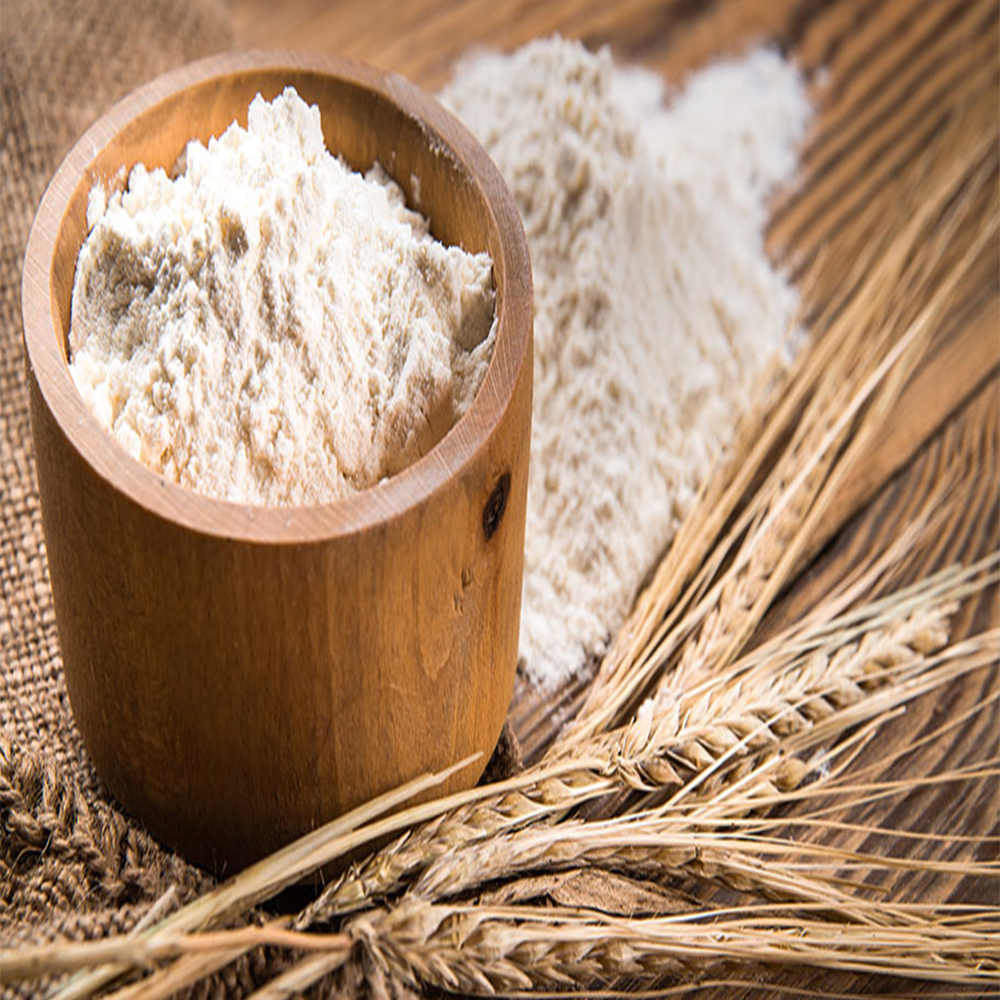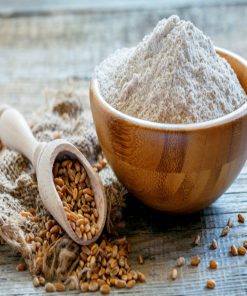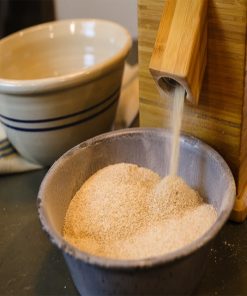Benefits of Wheat Durum Flour , Organic Whole Wheat Durum Flour , Where to buy Durum Wheat Flour?
$0.00
Description
Dear Sir/Madam,
How are you?hope fine.
We Are biggest manufacturer of RMY Wheat Products. We have also more then 1 million RMY companies and warehouses in Pakistan, Germany and Poland , also can provide you home deliveries with small quantities also no problem.
Q: What is Durum Wheat?
The two most popular species of wheat are bread wheat (also known as common wheat or Triticum aestivum vulgare) and durum wheat (Triticum turgidum durum).
Durum wheat is high in protein and gluten. This makes it ideal for making bread and pasta.
Semolina is the flour that’s ground from the endosperm of durum wheat. It’s a pale-yellow, coarse flour.
Health Benefits of Durum Wheat:
High in folate. Durum wheat is high in folate. Folate is a B vitamin that’s important during pregnancy. Folate is also known as folic acid when taken as a supplement or added to food.
Low glycemic index. The glycemic index is a number that shows you how quickly your body can digest a type of food and turn it into blood sugar. Some research has shown that eating foods that are lower on the glycemic index may be beneficial for people with diabetes.
The glycemic index of pasta made from durum wheat is significantly lower than pasta made from regular wheat. The glycemic index of durum wheat pasta is 47, while the glycemic index of pasta made from common wheat is 68.
Rich in protein. Every cell in your body contains protein. Protein is made up of amino acids, many of which your body makes. But nine amino acids must come from the food you eat.
Durum wheat also called pasta wheat or macaroni wheat (Triticum durum or Triticum turgidum subsp. durum), is a tetraploid species of wheat. It is the second most cultivated species of wheat after common wheat, although it represents only 5% to 8% of global wheat production. It was developed by artificial selection of the domesticated emmer wheat strains formerly grown in Central Europe and the Near East around 7000 BC, which developed a naked, free-threshing form.Like emmer, durum wheat is awned (with bristles). It is the predominant wheat that grows in the Middle East.
Durum in Latin means “hard”, and the species is the hardest of all wheats. This refers to the resistance of the grain to milling, in particular of the starchy endosperm, implying dough made from its flour is weak or “soft”. This makes durum favorable for semolina and pasta and less practical for flour, which requires more work than with hexaploid wheats like common bread wheats. Despite its high protein content, durum is not a strong wheat in the sense of giving strength to dough through the formation of a gluten network. Durum contains 27% extractable wet gluten, about 3% higher than in common wheat (T. aestivum L.).
Wheat flour is a powder made from the grinding of wheat used for human consumption. Wheat varieties are called “soft” or “weak” if gluten content is low, and are called “hard” or “strong” if they have high gluten content.
-
- Home
- All Products
- About us
- Blog
- Contact Us
- Login
- Newsletter
- 1 MILLION+ PRODUCTS SUPPLIER IN PAKISTAN








